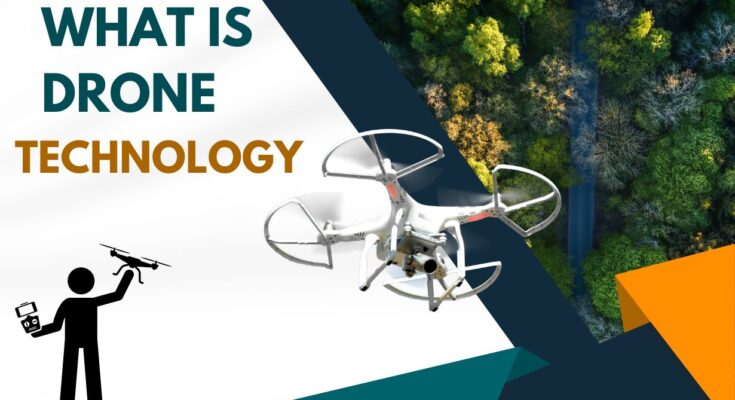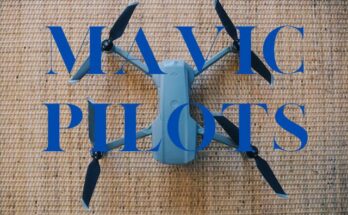A drone is a type of unmanned aircraft that can fly independently by using software or by responding to instructions from a remote controller. Many drones are fitted with cameras to take pictures or movies, as well as propellers for ensuring stability while in flying. Among their many applications are agricultural assistance, film production, emergency response, and object movement. Said another way, their responsibilities include farming, filming, responding to crises, and moving furniture.
To put it another way, drones have existed since humans started flying remote-controlled airplanes. But drones didn’t become generally used and effective until the 2000s. The change happened because of improvements in computers, sensors, and materials that transformed drones from military equipment into readily available devices.
What is drone technology? therefore, is simply the use of interesting flying aircraft that are becoming cheaper and capable of performing a wide range of tasks.
Hardware and software are equally necessary for drone efficiency. They are fitted with gyroscopes for stability, sensors, navigation systems, and rotors or wings. Using specialized stations, people operate them from the ground. These parts are simply required for drones to properly take off, fly, and land.
How Do Drones Work?
Many interconnected parts make drone operation possible. Understanding the technology behind drones is imperative. For a variety of tasks, pilots must be able to give orders and control weight. Issues that are important include the payload, data links, and ground control station (GCS). Drones are suited for tasks in a significant way because of these parts.
Unmanned Aerial Vehicles:
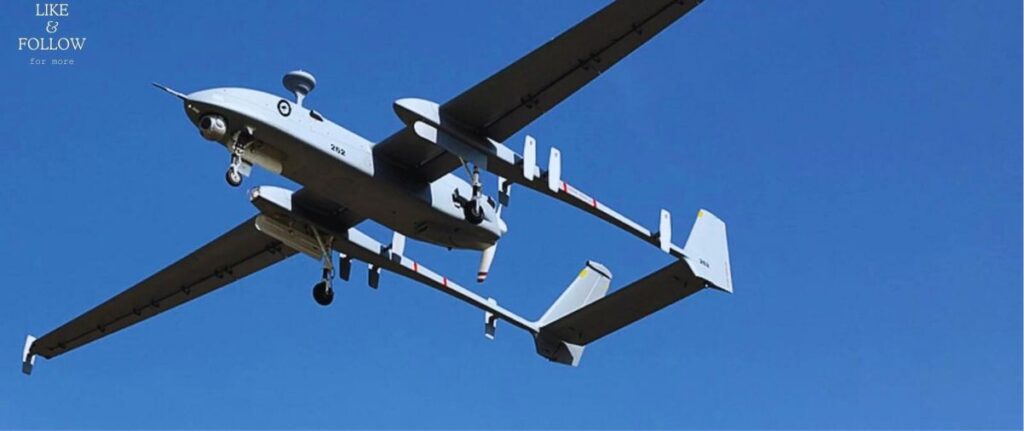
The term “unmanned aerial system” (UAS) refers to the entire system, but drones are also referred to as “unmanned aerial vehicles” (UAVs). Like a UAS’s main body, a UAV has one or more fixed wings or rotors to enable it to fly. UAVs are the flying parts with various forms, and UAS, to put it simply, is everything. Also, there are tiny “flapping wings” UAVs and lighter-than-air UAVs like balloons and blimps. Drones, to put it simply, are the flying component of the system, and the entire setup includes everything required for their operation.
Ground Control Station:

The primary control unit that enables a UAV to fly and a UAS work is called a ground control station. These workstations come in a variety of shapes, ranging from a mobile controller or an app to a desk with several views. The GCS can be used to plan tasks, control payload sensors, manage flight, provide status readouts, and tether the data link system. It can also be operated by users or via satellites.
Data Connections:
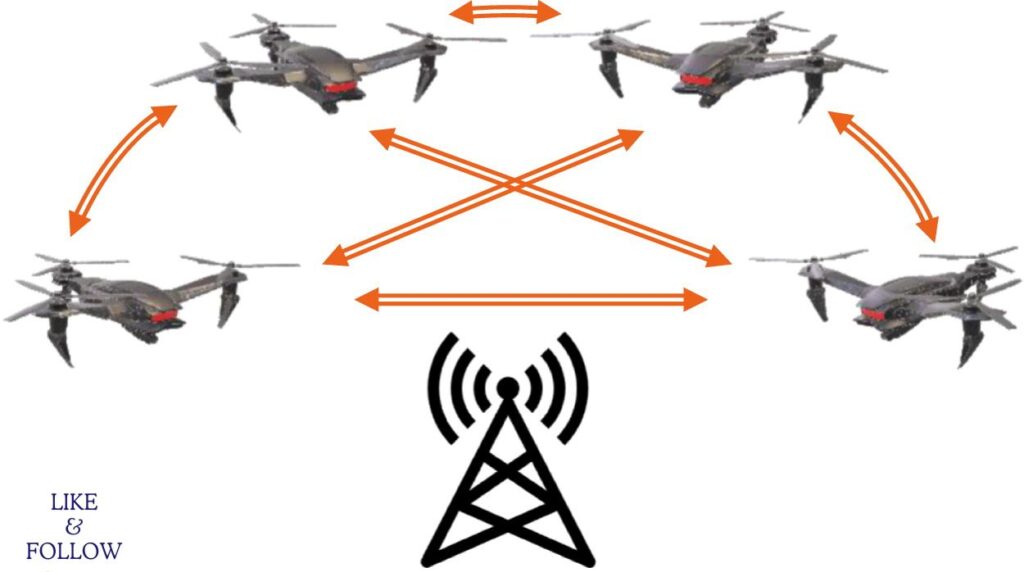
Data Connections function as the drone’s message hub, allowing it to communicate with the ground while in flight. Usually, they communicate using radio transmissions. Important data is sent to the operator via the data link, including the amount of time left in the flight, the drone’s height, speed, and range between the operator and the target. About four kilometers of use is possible when using 2.4 GHz for control and 5 GHz for video. You can get over 20 miles of use if you utilize 1.3 GHz for video and 900 MHz for control. Pilots must thus select the appropriate drone for the task at hand.
Types of Drones:
There are Four types of drones.
- Drones with a Single Rotor Helicopter
- Drones with Multiple Rotors
- Drones with Fixed Wings
- Fixed-Wing Hybrid VTOL
Specifications and Variations:
There are several varieties of drones, each designed for a particular task in a range of sectors. While some people want robust drones to transport heavy medical equipment, others prefer lightweight drones for use as cameras in photography.
Single Rotor Helicopter Drone :

Helicopters with a single rotor that operate on electricity or gas are similar to tiny chopper. Longer flight range and stability are possible because to its single blade and gas usage. Heavy objects like LiDAR systems—which are used to track erosion caused by global warming, research storms, and survey land—are frequently carried by these drones. To put it another way, small drones perform crucial tasks akin to tiny helicopters.
Multiple Rotors Drone:
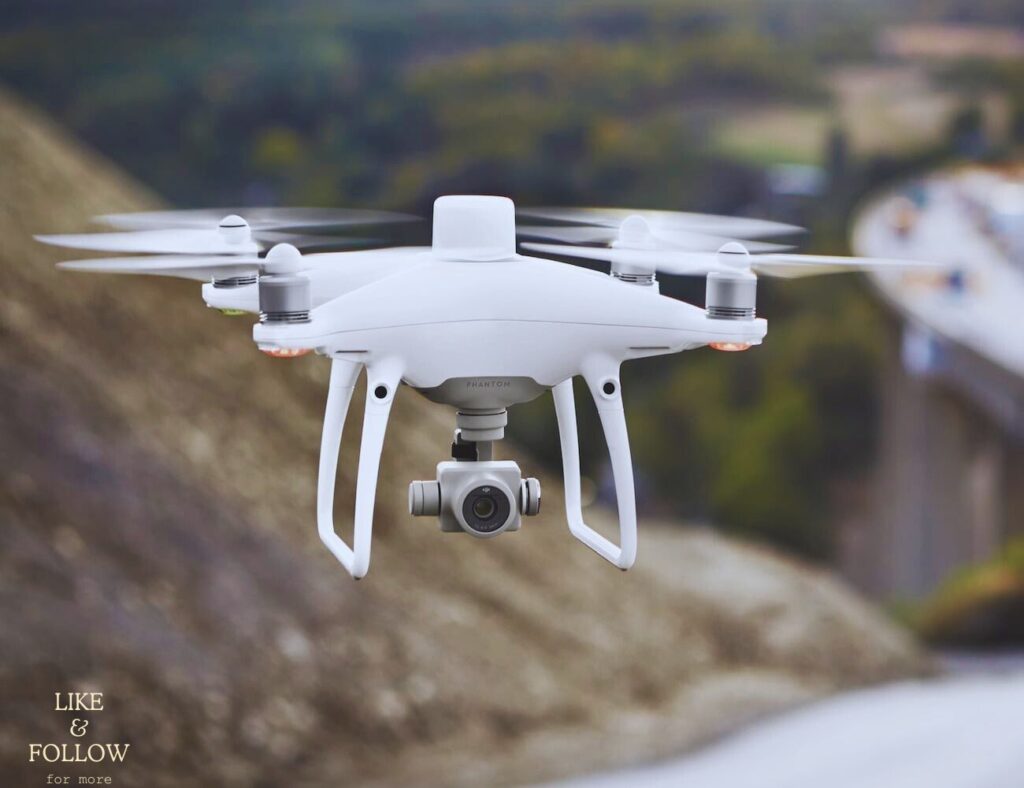
Drones that have multiple rotors are frequently the lightest and smallest versions available. These drones don’t travel extremely far, quickly, or high, but they are fantastic for hobbyists and those who enjoy shooting aerial images. They have a 20 to 30 minute flying range while carrying a modest weight, such as a camera. Put another way, they’re great for leisurely flying and taking amazing photos, but their range is limited. Put simply, they’re ideal for having fun while flying and taking amazing aerial photos.
Fixed Wings Drone:

Drones with fixed wings resemble conventional airplanes in appearance, but they are more effective since they use their wings rather than rotors to remain aloft. Their ability to glide in the air for almost 16 hours is due to their fuel-powered operation instead of electricity. Typically, bigger than airplanes, these drones require runways for take-off and landing. They are used by the military for missions, scientists for equipment, and organizations for transporting goods to remote locations. Essentially, they perform essential functions akin to little aircraft.
Fixed-Wing Hybrid VTOL:

A fixed-wing hybrid vertical take-off and landing drone combines fixed-wing and rotor-based technology. Their wings are equipped with rotors, which enable them to fly in a vertical manner similar to drones focused on rotors and to fly for extended distances like fixed-wing drones.
Companies utilize these drones to increase delivery efficiency and offer a more versatile flying experience. To put it simply, they combine the best qualities from both airplanes and helicopters to enable faster and more flexible flying. They are essentially a combination of elements from an airplane and a helicopter that allow for faster and more flexible flying
Conclusion:
What is Drone Technology
The drone technology has advanced significantly from the days of radio-controlled aircraft to the flexible UAVs of today. Drones are used for many different things, such as emergency response and photography. Drones are becoming easy-to-use instruments because to developments in both hardware and software. Advanced models such as fixed-wing hybrid vertical take-off and landing demonstrate how versatile they may be. Drones are a key component of many sectors and have great promise for the future as technology develops.

